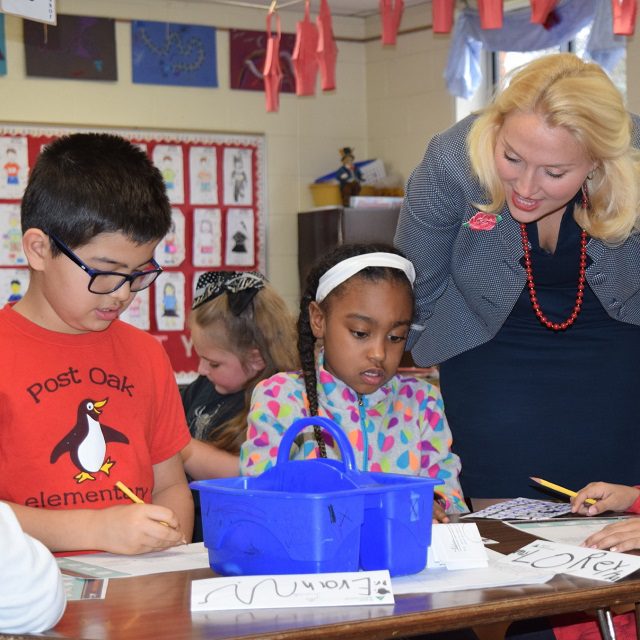Let's Change Our Young People's Financial Trajectory

What You Need to Know
In many states, financial literacy instruction is an afterthought.
You are great at explaining basic financial concepts.
Junior Achievement needs you to tell K-12 students about concepts like saving, insurance and retirement.
Allow me to tell you about Mr. Mariage, who worked out of a simple classroom in St. Johns, Michigan, where I grew up.
In addition to being a successful football coach over the course of 19 seasons at St. Johns High School, he also taught economics.
As a winning coach and gifted teacher, he knew how to reach and motivate high school kids like me, who as a 10th-grader had the privilege of taking his class.
1. Dedicated teacher delivers valuable lesson.
Ever pragmatic and committed to his students, Mr. Mariage incorporated personal finance into his economics curriculum, knowing it would benefit us.
He showed us how compound interest could change our future if we began investing in a Roth IRA at the age of 18 and maxed out our annual contributions.
We learned that just a few thousand dollars each year would top $1 million by retirement age.
Applying this lesson, I started maxing out a Roth IRA with my first job, practiced other responsible money behaviors, and became financially secure well before retirement thanks largely to the spark Mr. Mariage ignited in me for saving and investing.
I am fortunate and grateful to have attained such a high level of financial independence by my early 30s, but stories like mine are far too rare among most Americans.
Although the number of 401(k) and IRA millionaires has reached all-time highs, at the same time the amount of credit card debt grew at the fastest rate in 22 years during the last three quarters of 2021.
I share my experience in hopes that by working together as an industry, we can help make financial success stories far more commonplace.
In support of this important goal, Financial Literacy Month, celebrated in April, seemed like the perfect time to seek your help — more on this “ask” in a moment.
2. Partnerships can provide vital resources.
“The need has never been greater,” Annamaria Lusardi, founder and academic director of the Global Financial Literacy Excellence Center at George Washington University, recently told the New York Times about financial literacy. “We owe it to this young generation to be well prepared to the future.”
Yet against the backdrop of a global pandemic and rising inflation that have laid bare the financial fragility so many Americans face, financial literacy among younger people has declined since the Great Recession.
Thirty-five states recently earned grades of C or lower for K-12 financial literacy instruction from the nonprofit American Public Education Foundation.
Mindful of the essential need to prepare more students for bright financial futures, we launched the Jackson Charitable Foundation in 2017, which seeks evidence-based strategies to improve money-related behaviors, attitudes and outcomes for people of all ages.
Working with six national partners over the past five years, we’re proud to have reached more than 10 million students nationwide with financial education programming, primarily at the elementary school level.
From the beginning, we knew this critical education must start at an early age and partnered with Junior Achievement USA and Discovery Education to reach students ages 7-12 with our signature Cha-Ching Money Smart Kids program.






